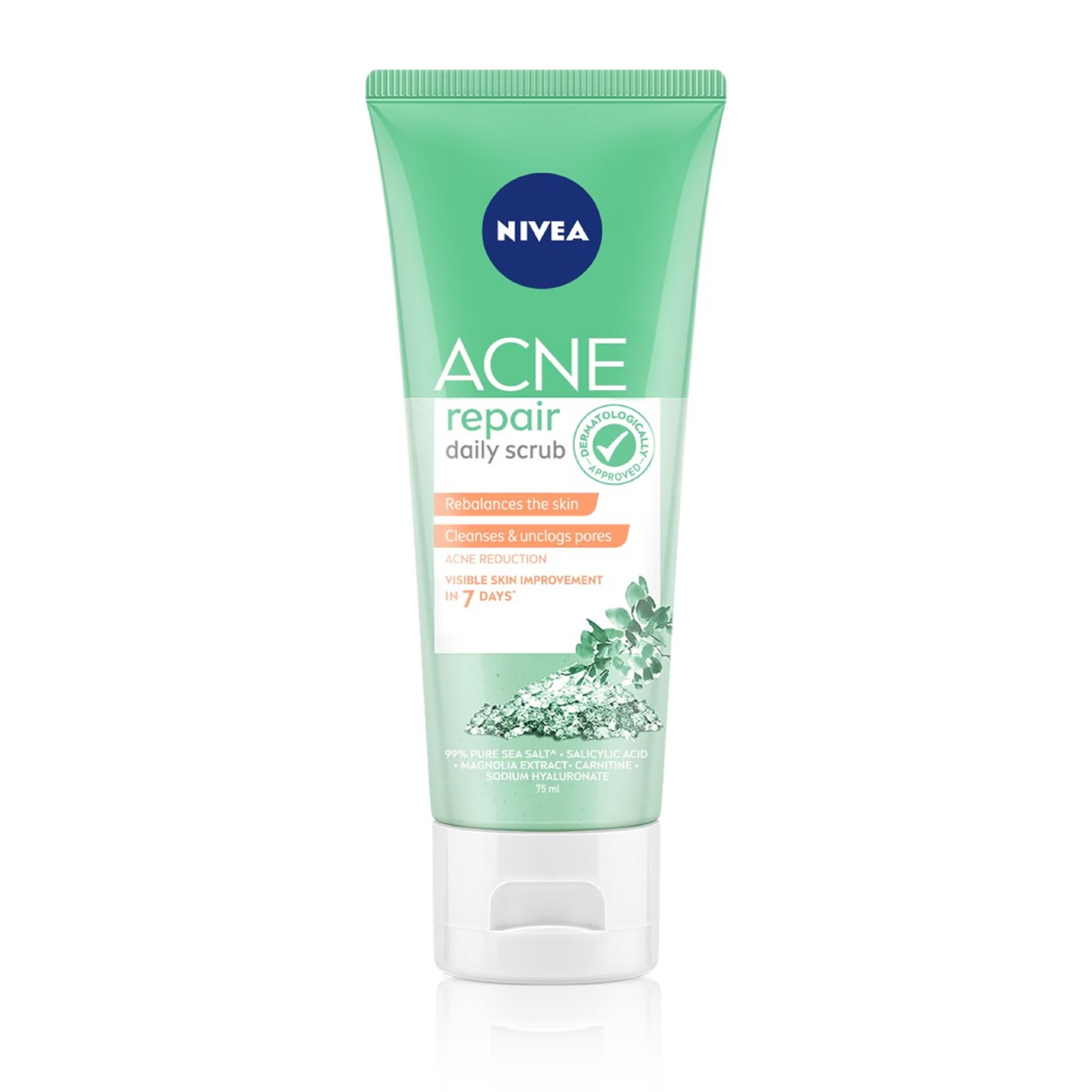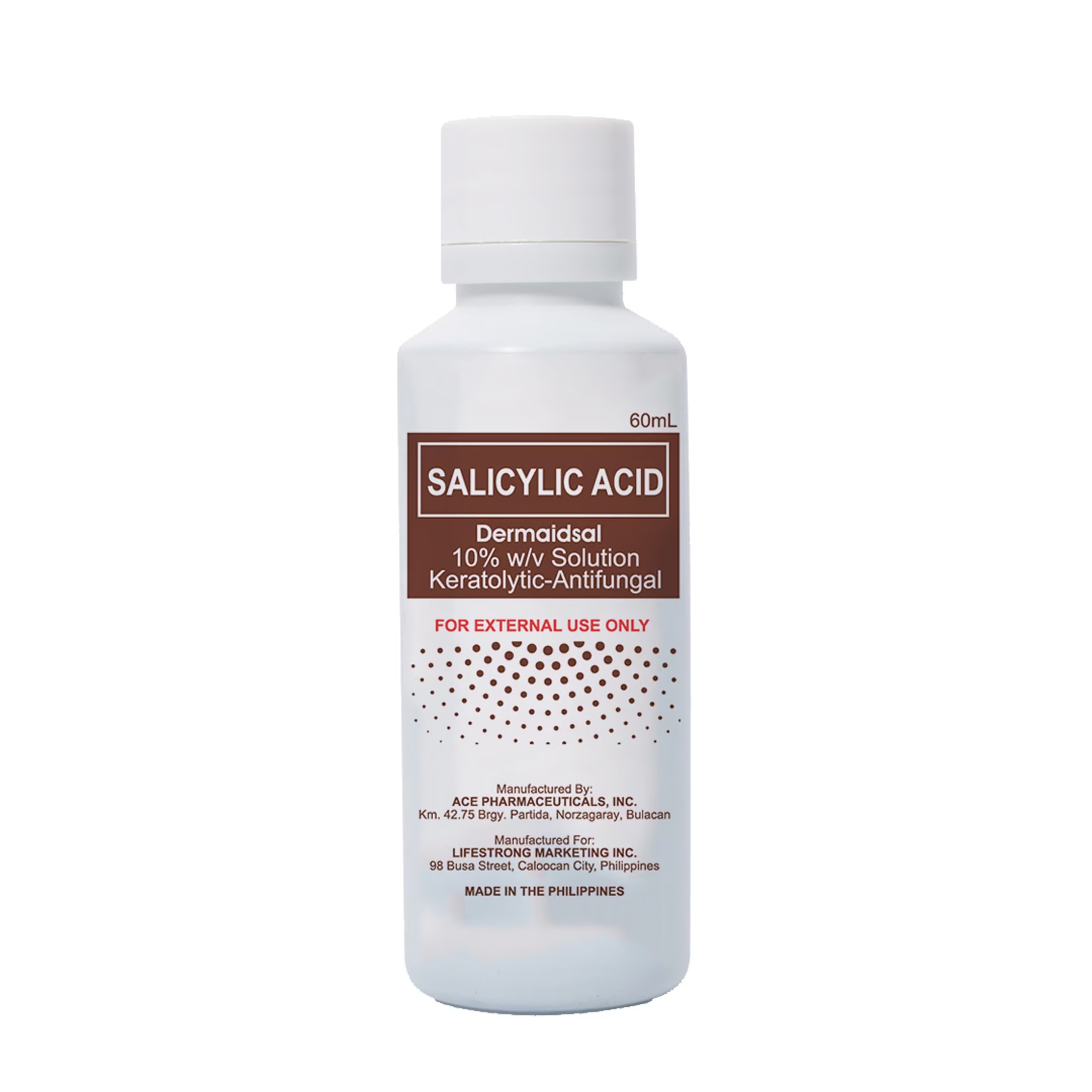Are you looking to improve your skin’s texture and appearance from the comfort of your own home? At-home chemical peels have become increasingly popular as an affordable and convenient way to achieve brighter, smoother skin. In this beginner’s guide, we’ll cover everything you need to know about at-home chemical peels, including how they work, the different types available, essential safety precautions, and how to do them at home!
Seeking professional advice from your dermatologist if you have any concerns or questions.
What are chemical peels?
Chemical peels* are a higher-strength exfoliating version with a pH generally around 2.0. They can improve the appearance and texture of the skin by dissolving dead skin buildups, stubborn grime, and excess oil that make it look dull. (You will love your renewed and glowing skin after a chemical peel)
If you are choosing a chemical peel product, look for one with a pH of 2.0 or below for the highest efficiency. Products with a pH higher than 2.0, even with the same acid percentage, will be less active.

What are at-home chemical peels?
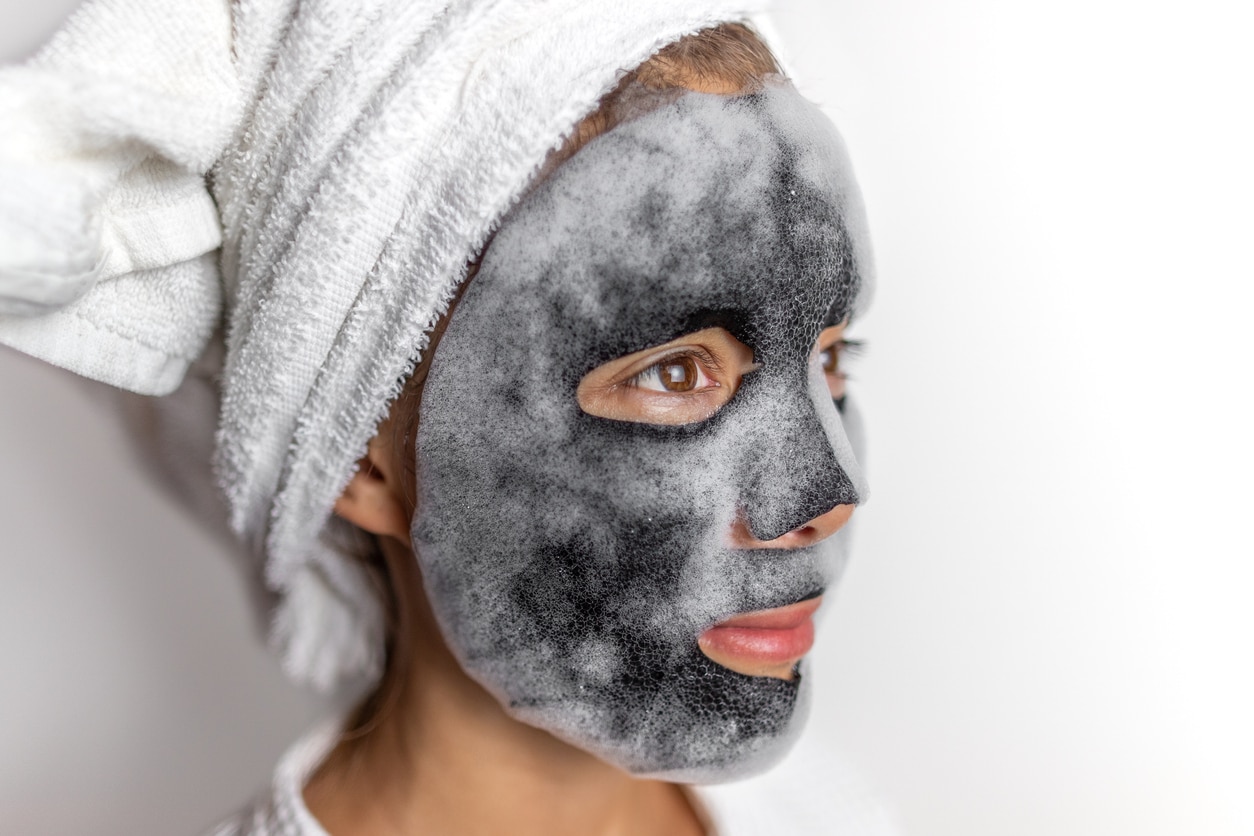
At-home chemical peels are skincare products that contain alpha hydroxy acids (AHAs) or beta hydroxy acids (BHAs). These acids remove the outermost layer of dead skin cells, revealing the fresh, glowing skin underneath. Common ingredients in at-home chemical peels include glycolic acid, lactic acid, and salicylic acid.
What does chemical peels do to your skin?
In general, chemical peels are gentler than physical exfoliation, with the latter being possibly abrasive to your skin. A chemical peel can also give you a more even exfoliation to your complexion.

It may be used to improve or treat:
- Appearance of acne scars
- Sun damage, including age spots and fine wrinkles
- Skin texture
- Hyperpigmentation and dark spots
Depth of chemical peels
In terms of strength, there are three varieties:
Light peel
When applied, a light peel may cause a slight stinging sensation. It exfoliates gently and best suits mild skin problems like minor discoloration or rough texture.
Almost no downtime is required after a light peel. Most at-home chemical peels are light peels.
Examples: Mandelic, lactic, and low-strength salicylic acid
Light peel by INNISFREE Green Barley Gommage Peeling Mask
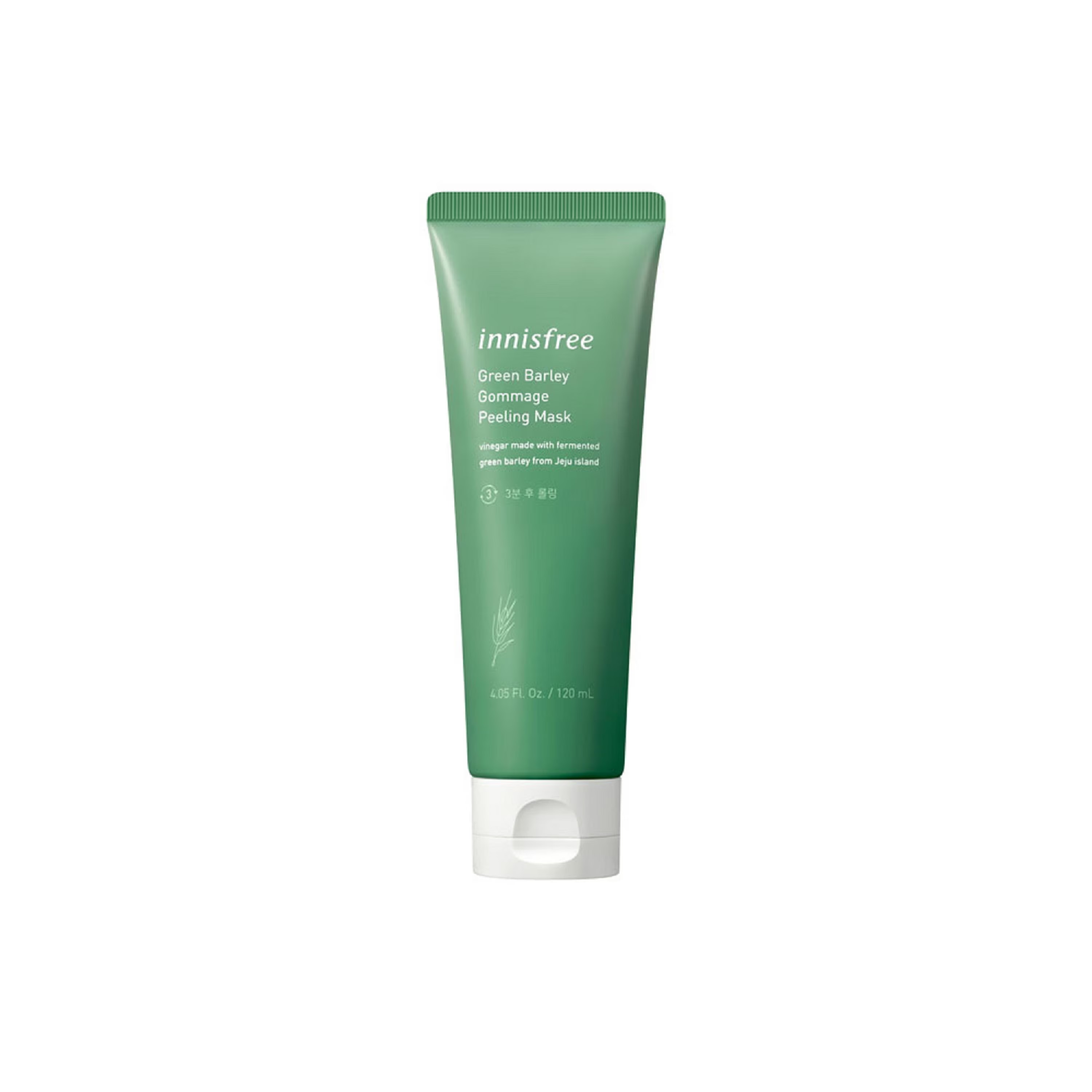
Unlock a radiant, smooth complexion with INNISFREE’s Green Barley Gommage Peeling Mask. Powered by green barley vinegar, rich in natural AHAs, this mask effectively exfoliates dead skin cells, revealing a velvety soft texture. Infused with green barley extract, it deeply nourishes while gently sloughing away impurities without leaving your skin feeling dry or tight.
The innovative dual-action formula combines chemical exfoliation from AHAs like glycolic acid with BHAs like salicylic acid, bringing you a natural chemical peeling effect.
Light peel by NIVEA Face Cleanser Acne Repair Daily Scrub: Cleanses & unclogs pores
The NIVEA Acne Repair Daily Scrub is a comprehensive solution for visibly clearer skin in 7 days.
Harnessing 99% Pure Sea Salt for skin renewal, Magnolia Extract for soothing, Salicylic Acid for exfoliation, Carnitine for oil control, and Sodium Hyaluronate for hydration, this scrub tackles acne from multiple angles. Unclog pores, promote cell turnover and rebalance your complexion with this powerful yet gentle daily treatment.
Medium peel
This penetrates more deeply and is typically administered in a physician’s office. Recovery usually takes almost a week, while redness might persist for months.
It can target moderate skin problems, such as superficial scarring, fine lines and wrinkles, and pigmentation issues, such as melasma or age spots.
Examples: High-percentage glycolic acid, and trichloroacetic acid
Medium peel by DERMAID salicylic Acid
DERMAID Salicylic Acid is a medium-strength peel formulated to effectively treat mild acne.
Enriched with salicylic acid, this powerful yet gentle formula sloughs away dead surface skin cells, unclogging pores and preventing future breakouts. Beyond acne, it also helps address warts, psoriasis, eczema, ringworm, and other fungal infections. Experience a thorough yet non-irritating exfoliation that reveals a more transparent, smoother complexion, reduced blemishes, and improved skin texture.
Medium peel by DR SENSITIVE Niacinamide & Salicylic Acid Soap
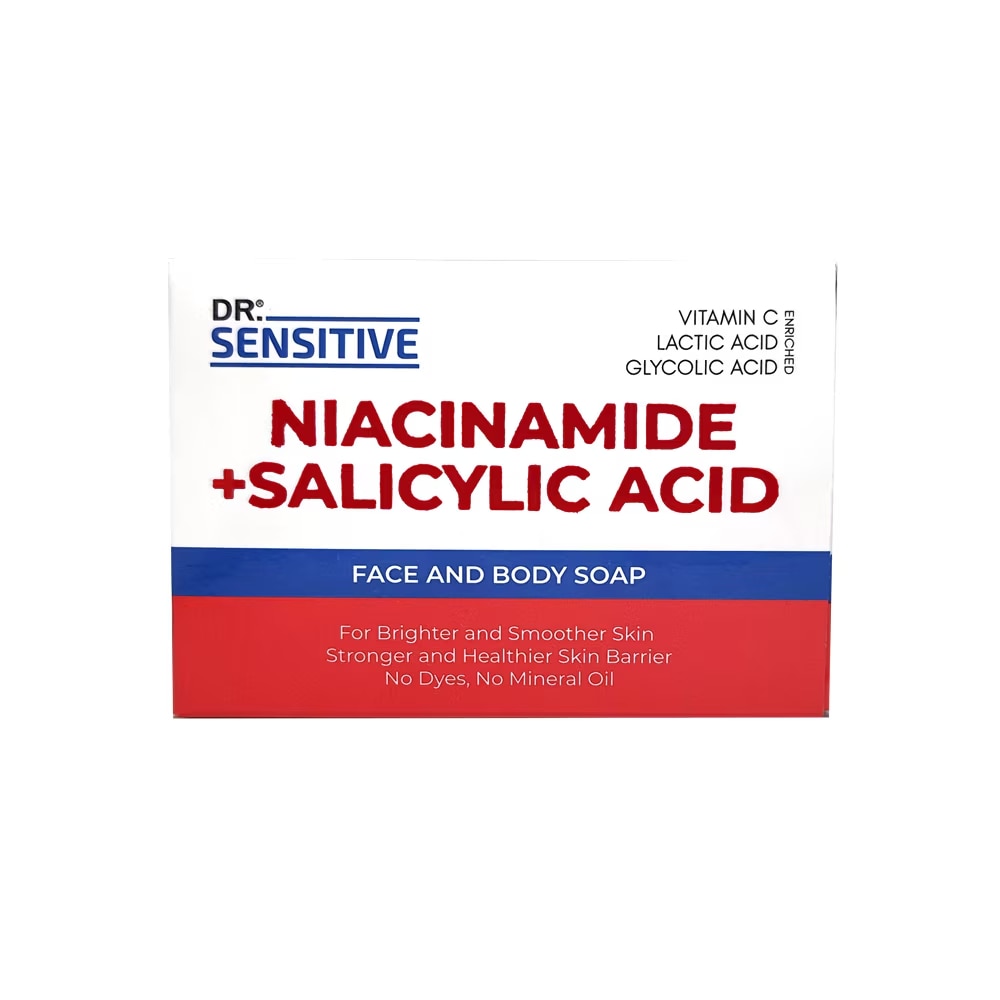
DR SENSITIVE Niacinamide & Salicylic Acid Soap gently cleanses while targeting acne, blemishes, and congested pores.
This soap delivers a medium-strength peel infused with niacinamide, salicylic acid, glycolic acid, lactic acid, and vitamin C. It works to clear pimples, lighten dark spots, and refine skin texture, revealing a smoother, brighter complexion. Experience comprehensive clarifying and resurfacing benefits in one convenient bar.
Deep peel
This penetrates even deeper in the dermis and thus can address more advanced skin issues, such as severe scarring, deep wrinkles, and discoloration. It is regarded as an aggressive and intensive treatment, and because of the enormous pain it causes, it is often done under anesthesia.
Deep chemical peels cause severe swelling and redness, with burning or throbbing sensations.
Both medium and deep peels require extreme caution and must be performed by a trained and experienced professional. DO NOT do a deep peel at home.
Examples: High-percentage TCA and phenol chemical peels
How to do at-home chemical peels?
Follow the instructions on the label of your product. Be sure to do a patch test on the skin below your ear along your jawline. Wait 24 hours to see how your skin reacts.

- Wash your face before applying a chemical peel.
- Apply an even coat of the chemical peel solution to your skin.
- Do not leave the peel product on your skin longer than instructed, so as to prevent possible burns.
How to do it safely?
With the proper precautions and a gentle approach, at-home chemical peels can be a safe and effective way to achieve radiant, healthy-looking skin. Follow out tips to do your chemical peels at home safely:
- Skin prep is key
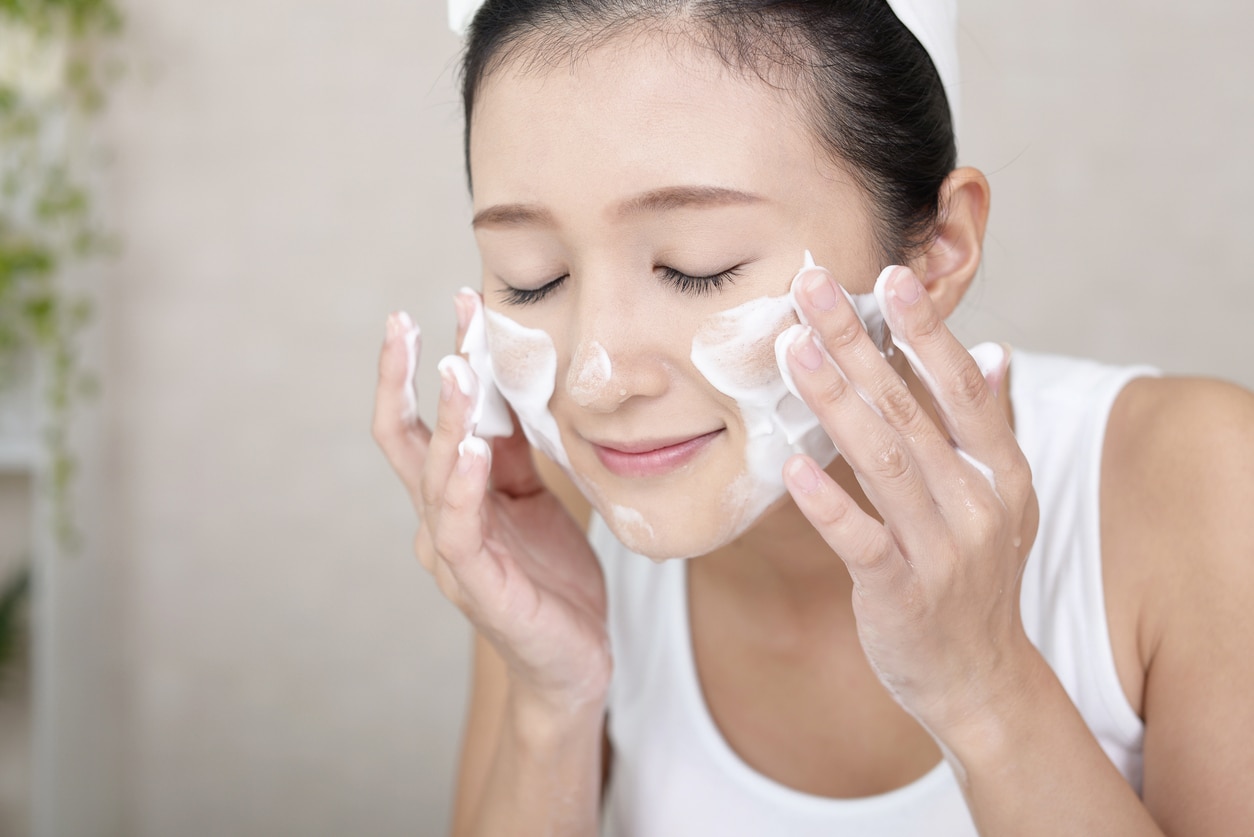
It’s crucial to properly prepare your skin before using an at-home chemical peel. Start by cleansing your face and avoiding other harsh products or exfoliants for a few days before.
- Patch test first

Always perform a patch test on a small skin area before applying the peel to your face.
- Start slowly

When first trying at-home chemical peels, starting with lower concentrations and shorter application times is best. Gradually increase as your skin builds tolerance.
- Avoid sun exposure

Chemical peels can make your skin more sensitive to the sun, so using a broad-spectrum sunscreen and limiting sun exposure after treatment is essential.
Chemical peel after-care










